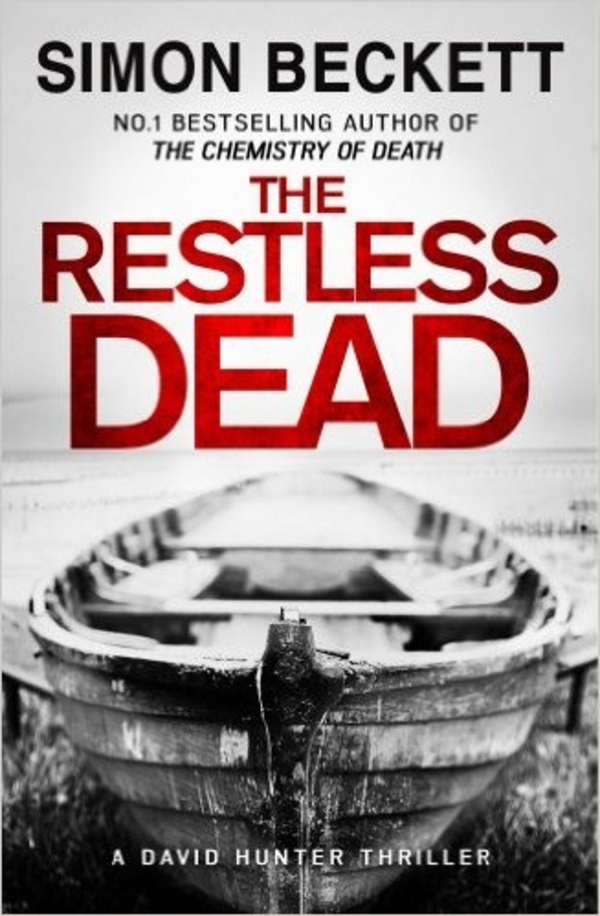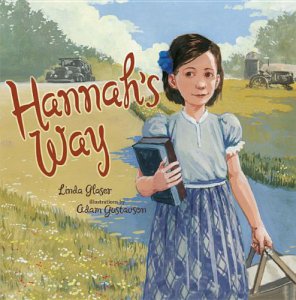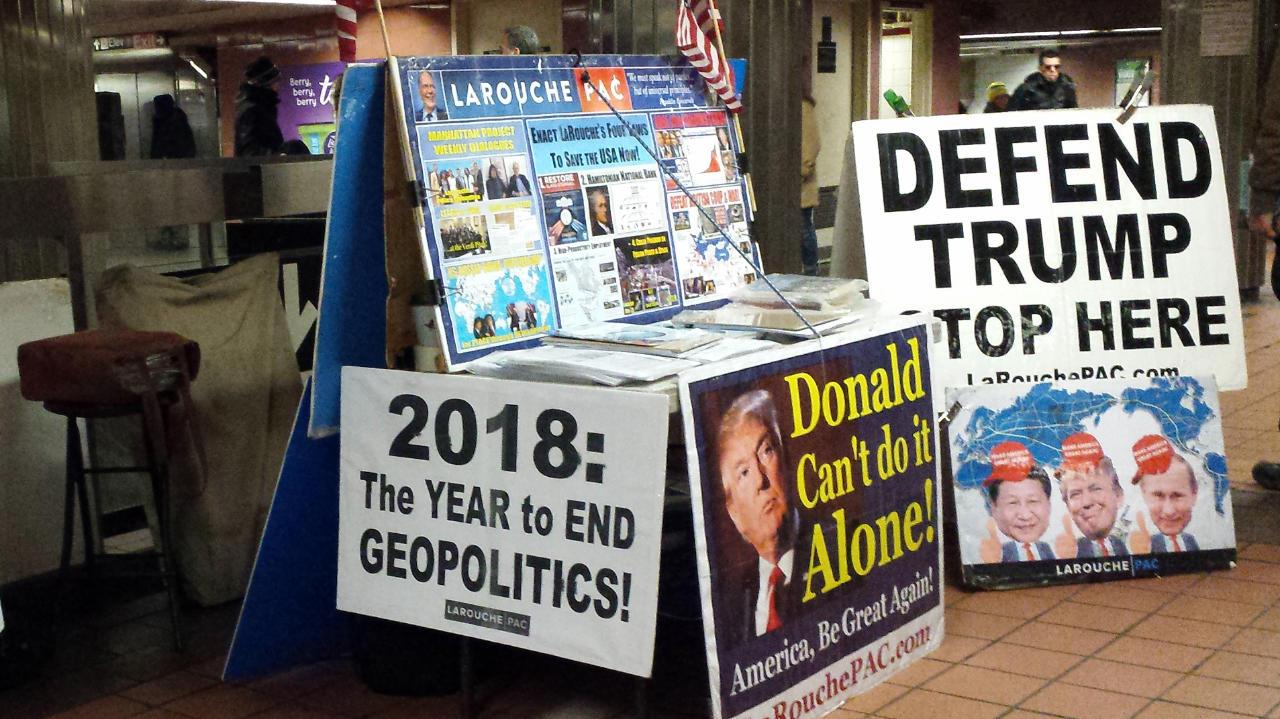Click on photos to enlarge.

When you think about it, the idea of a school named for Nikolai Gogol is rather weird. Not that I don’t think it’s admirable. Don’t get me wrong. The world’s kids would be a lot better off were they to grow up reading, and understanding, Nikolai Gogol. The key there is “understanding,” of course. Gogol’s dark vision of the world has led to him being called a satirist for a couple of centuries. There’s no doubt he satirized most anything he could reach with his pen, but just sending stuff up wasn’t what he was about. He peeled back the facade of a phony world, revealing the incongruity, the quirks, the cruelty, the mendacity (thank you, Tennessee Williams!), the isolation that lurked beneath the surface. I’m not going to give you a Gogol lecture today, but I do want to point out the lovely oddness of the fact that someone chose to name a school after this writer of dark, cutting, often wicked tales.
School No. 59, located at 18-20 Starokonyushenny Lane in the Arbat region of Moscow, until recently was what in the U.S. would be called a common elementary/high school. Unlike many Russian schools that focus on specific topics – mathematics, music, the sciences – it was a general-topic school. Since 2013 it has been subsumed in some far-reaching, octupus-like educational conglomerate bearing the name of Gogol’s fellow writer Alexander Griboedov. That’s not of much interest to us, but what happened here in the past is.
This is actually the site of a fairly famous place of education. It was originally founded June 8, 1901, across town on Povarskaya Street as a gymnasium (essentially a high school). The funding was provided from a grant left by a rich merchant by the name of Ivan Medvednikov, and the gymnasium was called the Medvednikov gymnasium. The building on Starokonyushenny, which still stands today, was opened in 1904. Over the next decade and a half it turned out numerous individuals who subsequently made important contributions to Russian history, science and culture. Among them were famed Russian theatre director Yury Zavadsky (1894-1977), architect and theater designer Georgy Golts (1893-1946), philosopher Sergei Fudel (1900-1977), art historian Sergei Sidorov (1891-1978) and others. The revolution brought changes to the school. In the 1920s alone it changed its name and profile five times. It underwent several more changes until it was named after Gogol on February 9, 1952, 100 years, give or take a month, after the writer’s death. Whatever the school was called, it continued to churn out illustrious students. Vitaly Kostomarov (born 1930), an influential linguist and the future head of the Pushkin Institute of Russian Language, was one of them. You had to know your Kostomarov when studying/teaching Russian at Harvard in my day. Also matriculating here were the writer and dissident Vladimir Bukovsky (born 1942), philosopher Grigory Pomerants (1918-2013), actors Rostislav Plyatt (1908-1989) and Vyacheslav Shalevich (born 1934), and writers Kir Bulychyov (1934-2003) and Mikhail Shishkin (born 1961).



The bust of Gogol that stands in a corner of the school’s courtyard, essentially pleases us because it looks like what you would expect. This is the generic Gogol executed with an attractive hard edge to the features and the gaze. I don’t find anywhere who the sculptor is, but I don’t think I need to. After all, if you back up and take in the bust in its environs, you see that it stands in front of a huge banner topped with the words “Burganov House.” The two Corinthian columns pictured on the banner are photograph images of columns that, indeed, stand outside the Burganov House, which is the semi-gallery and workshop of popular Moscow sculptor Alexander Burganov (born 1935). Leave it to Burganov to put up a modest little bust of Gogol and surround it with a huge advertisement to himself.
Burganov is a friend of Moscow’s head sculptor Zurab Tsereteli (born 1934), the notorious self-promoting sculpture-factory who makes huge, awful sculptures then tries to give them to cities for free. Usually, they turn them down, showing that most cities of the world have better taste than Moscow. His rejects often end up somewhere in Moscow; too often in the line of sight. Anyway, Burganov kind of runs around in Tsereteli’s shadow, getting all kinds of prime commissions to “illustrate Moscow with culture.” There’s no denying Burganov’s flair as a sculptor – he’s a pro. But most of his work looks to me like it’s come off a conveyer belt. Do I, for example, see anything of Burganov in this Gogol bust? I do not. Although I see the work of every other sculptor who has ever sculpted Gogol’s face.
By this time the astute among you may have asked themselves the question – so what’s this author’s bone to pick with Burganov? Well, as long as you ask, let me tell you.
Back in the deep past a good friend named Mikhail Pushkin was looking for an unusual place to stage Jean Anouilh’s Antigone. He found Burganov’s studio in the Arbat district and had a talk with the sculptor. Burganov probably thought nothing would come of this proposal and, even if something did, it wouldn’t last long. So he gave his okay. Pushkin staged a brilliant indoor-outdoor Antigone that made use of an underground bunker whose glass windows up top looked out on trees and old brick walls. It was a spectacular production and Burganov was clearly caught off-guard. Somebody had actually done something truly creative in his midst and it irked the conveyer-belt sculptor. When Pushkin’s company came in to play the next block of shows, he found that Burganov had placed two of his sculptures in the middle of the bunker – the main performance space, and he demanded that they remain there from now on. The director was furious, refused to agree, and that was the end of that show. Short-lived but genuinely brilliant. Ever since then I have been unable to think of Burganov as anything but a jealous, ignorant individual who couldn’t care less about art and is only interested in his place in art – preferably front-stage-center, as he wanted to be in Misha Pushkin’s Antigone, and more or less as he put himself in that banner towering over Gogol at School No. 59.


Advertisements Share this:





